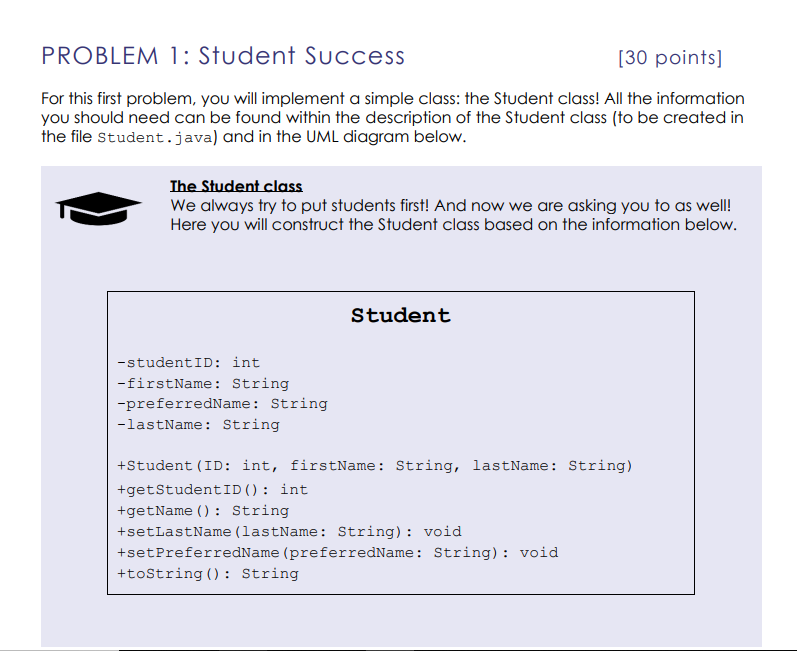
- #Intellj uml sequence diagram generator java install
- #Intellj uml sequence diagram generator java code
If your model does not have any component, you can configure in the launch configuration the name, classpath and Java runtime environment of the default Java project to create for your code.

With this option, you will have an internationalized MANIFEST.MF files with exported and imported packages along with features.xml files grouping your plug-ins just like in your model. You can even opt-in to have Eclipse plug-ins and features generated to represent your component architecture. The generation will not use a regular folder as a target but instead, it will generate a new Java project for each components in your model. The generator now consider components as first class citizens. In this new launch configuration, you can choose the types to ignore, the Java runtime environment to associate with the generated project and much more. This launch configuration can also be saved on your disk and shared with your team, giving you that way, the ability to reproduce easily a generation with specific settings. You can build your model with the tool of your choice like the regular tree-based UML editor or even UML Designer.įorget the properties files of a basic Acceleo generator, this new version of the UML to Java generator comes with a dedicated launch configuration where you can select all the details of the generation.
#Intellj uml sequence diagram generator java code
The UML to Java code generator let you generate code from any UML model compatible with the Eclipse UML2 project. UML to Java Generate code from any kind of UML model…
#Intellj uml sequence diagram generator java install
You can install them via the UML Discovery catalog, or via the UML Designer update site. This will also work in production an will probably scale much better than the direct approach, but if scaling isn't your thing, then the direct approach may be what you want to do.A UML to Java generator module and a Java to UML reverse module are available along with UML Designer. Use some standard tooling for tracing like " ", instrument your application using this tooling, and extract your diagrams using that standard tooling. Process the plant UML files to get sequence diagrams. Process the filtered output to generate "plant uml" input files ( ) for sequence diagrams. Using the "jq" utility is a decent choice. There are many ways this can be done, use one :-)įilter the log entries so you get only the ones you are interested in. You need to be able to retrieve that log. In the methods you want to trace, write a log entry that contains that tracing information (name of usecase, trace ID, or any combination thereof), the location where the log entry was written, and any other information you want to add to your sequence diagram. Both of these will work, and which one is the simplest in practice depends on the architecture of your application. Another would be to generate some tracing ID (or get one from an external interaction), and send that as a parameter to all involved methods. There are many ways of doing this, but a simple one is to a thread local variable: Set the variable to contain the name of the thing you are tracing ("usecase foobar"), and some unique ID (UUIDs are a decent choice). Make a library where you log the name of the component/method you are in, and the session you are processing. Set up your logging to log using json, it makes the rest much simpler: Kotlin or Java) so the suggestions I will make are biased by that. I will make the assumption that you are working in a jvm language (e.g. First: This is a very good idea, and there are several ways to go about it.


 0 kommentar(er)
0 kommentar(er)
